The 500 Internal Server error is caused by more than just WordPress. It might potentially be the result of additional server issues. This article discusses the various reasons why WordPress 500 Internal Server errors commonly occur.
It is recommended that you create a backup of your website before implementing any of the following changes, just in case something goes wrong and you can always go back to an earlier version.
Corrupted .htaccess File
You might attempt making a new .htaccess file in order to resolve the problem with a corrupted one. The guidelines for resolving this issue are as follows;
Using cPanel:
STEP 1: Log in to cPanel.
There are three methods to log into your cPanel.
- Method 1: Log in to your cPanel directly.
- Method 2: Log in to your cPanel through your Customer Portal.
Through your Customer Portal;
- Log in to your Customer Portal.
- Click on "Log in to cPanel".
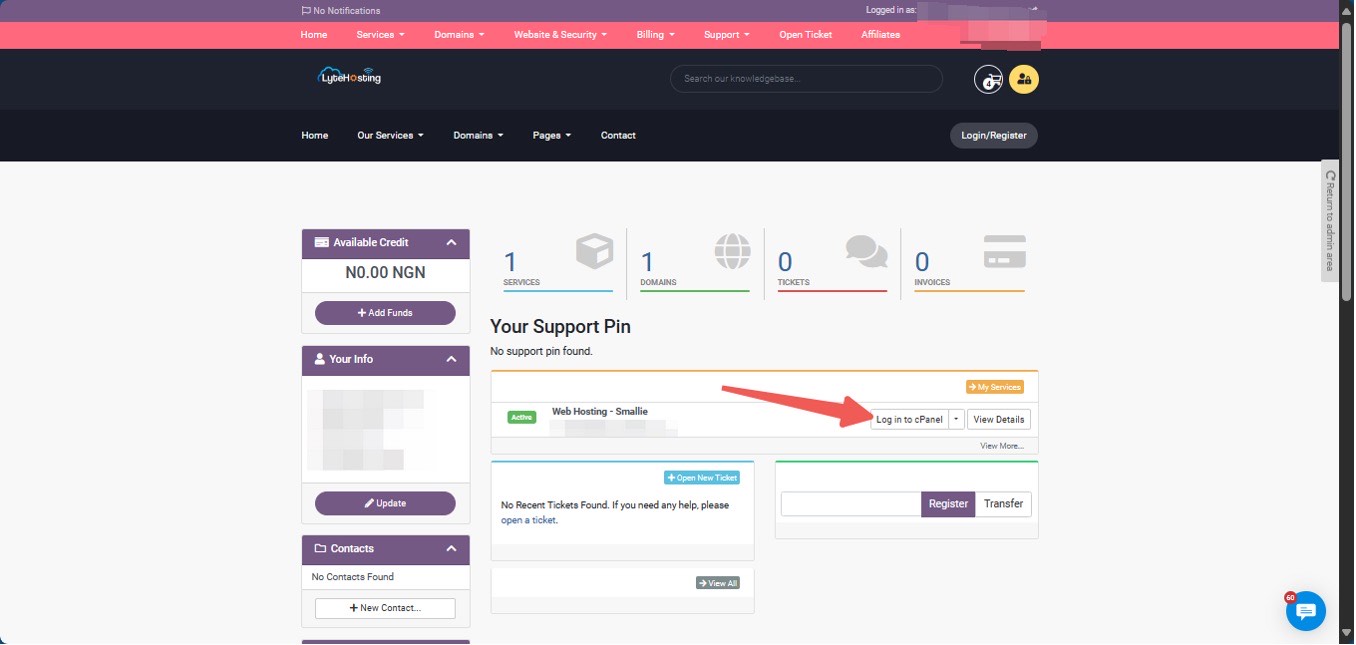
- Method 3: Log in using the details sent to your Email.
Through your Email;
- When you purchase a hosting plan, your cPanel login details (including username, password, and cPanel URL) are automatically sent to your registered email address. Simply check your inbox (or spam folder), locate the email, and use the provided credentials to access your cPanel.
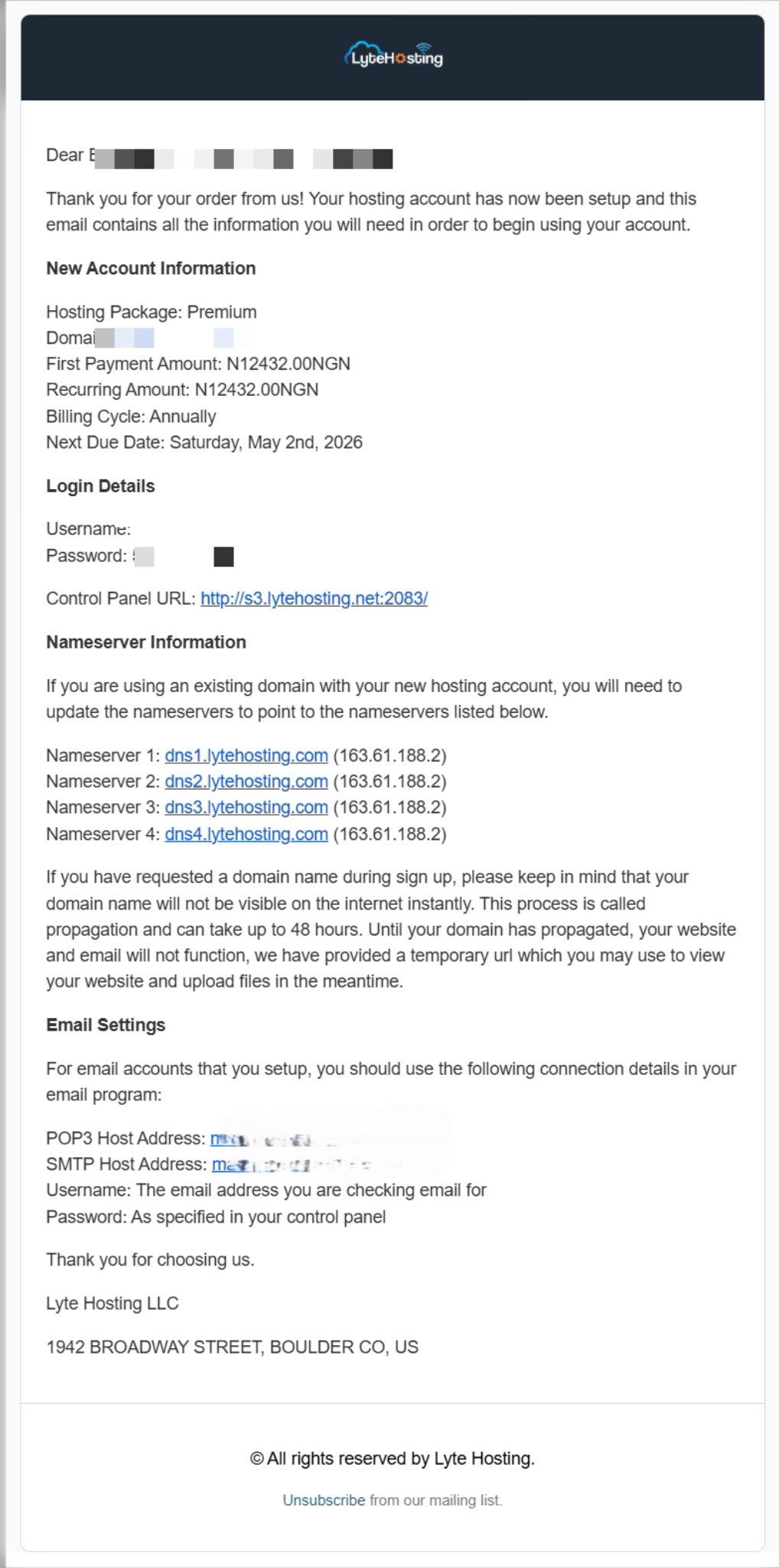
STEP 2: Locate the Files Area and select the File Manager icon.
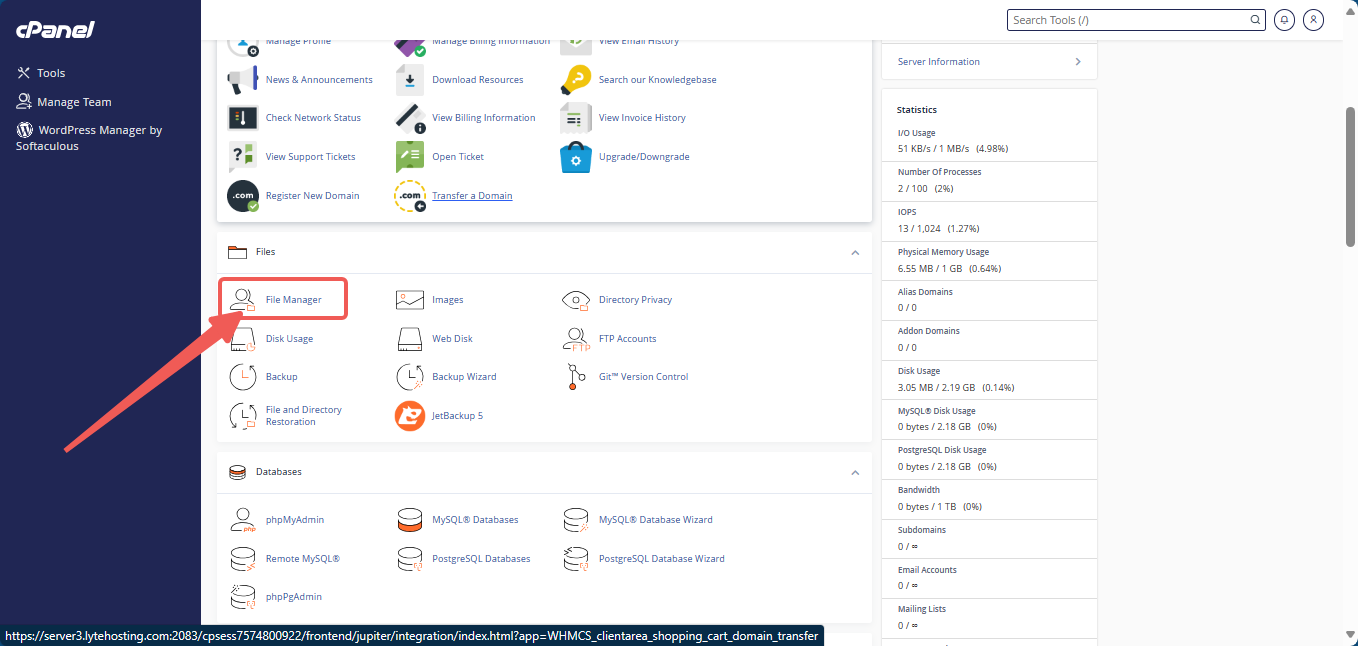
STEP 3: Select the Settings box located at the top-right corner.
STEP 4: Enable Document Root by marking the box and select the desired domain name from the drop-down list.
STEP 5: Ensure that the Show Hidden Files (dotfiles) option is enabled.

STEP 6: Click Save. A new tab or window containing the File Manager will open.
STEP 7: In the list of files, locate the .htaccess file. To find it, you might have to scroll.

STEP 8: Right-click on the .htaccess file, then select Rename. Rename the file as .htaccess.bak.
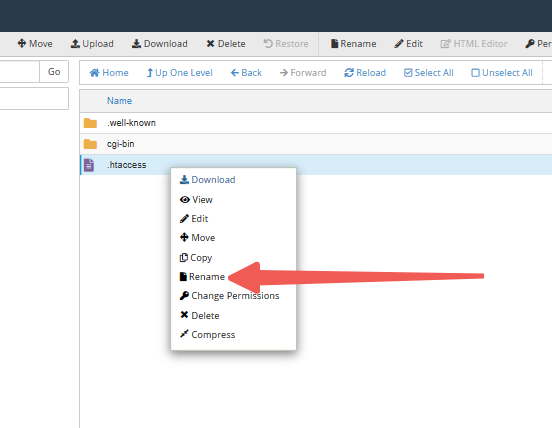
An alternative is to click the icon for the .htaccess file and then select Rename from the menu at the top of the page.
Using the WordPress Dashboard:
STEP 1: Proceed to Settings and select Permalinks.
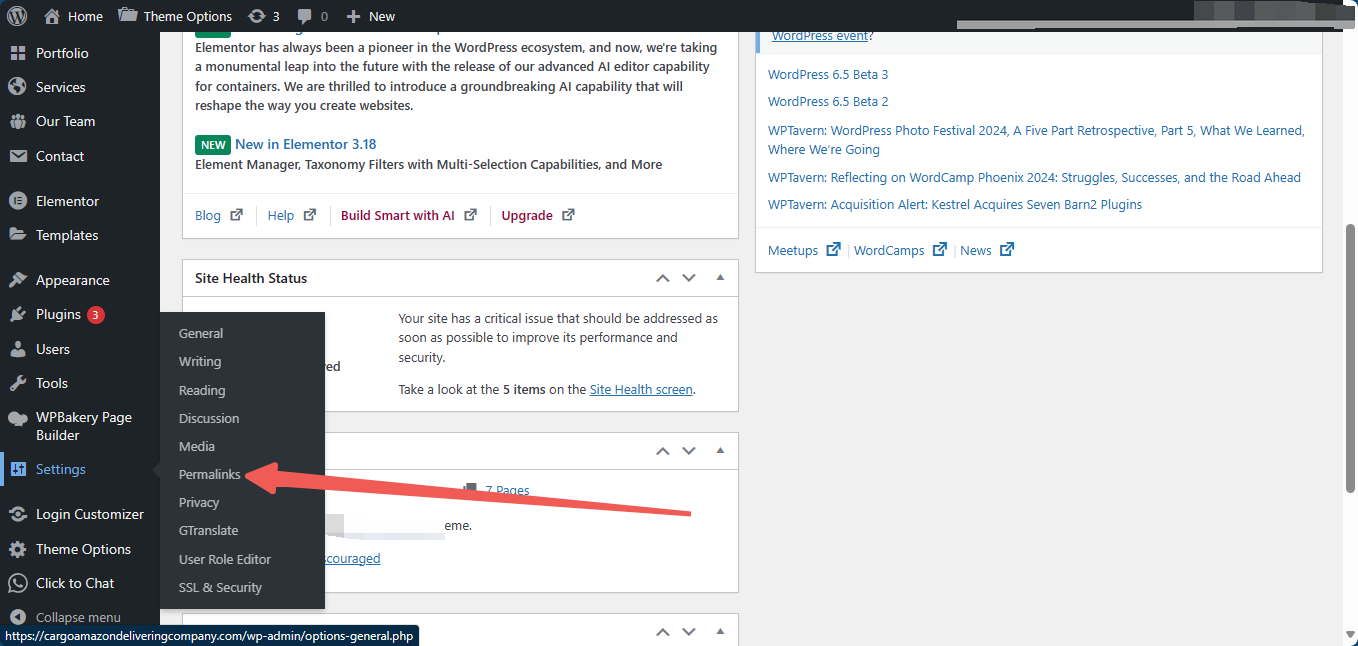
STEP 2: Make sure the settings are configured correctly by reviewing them.
STEP 3: Select the "Save Changes" option.
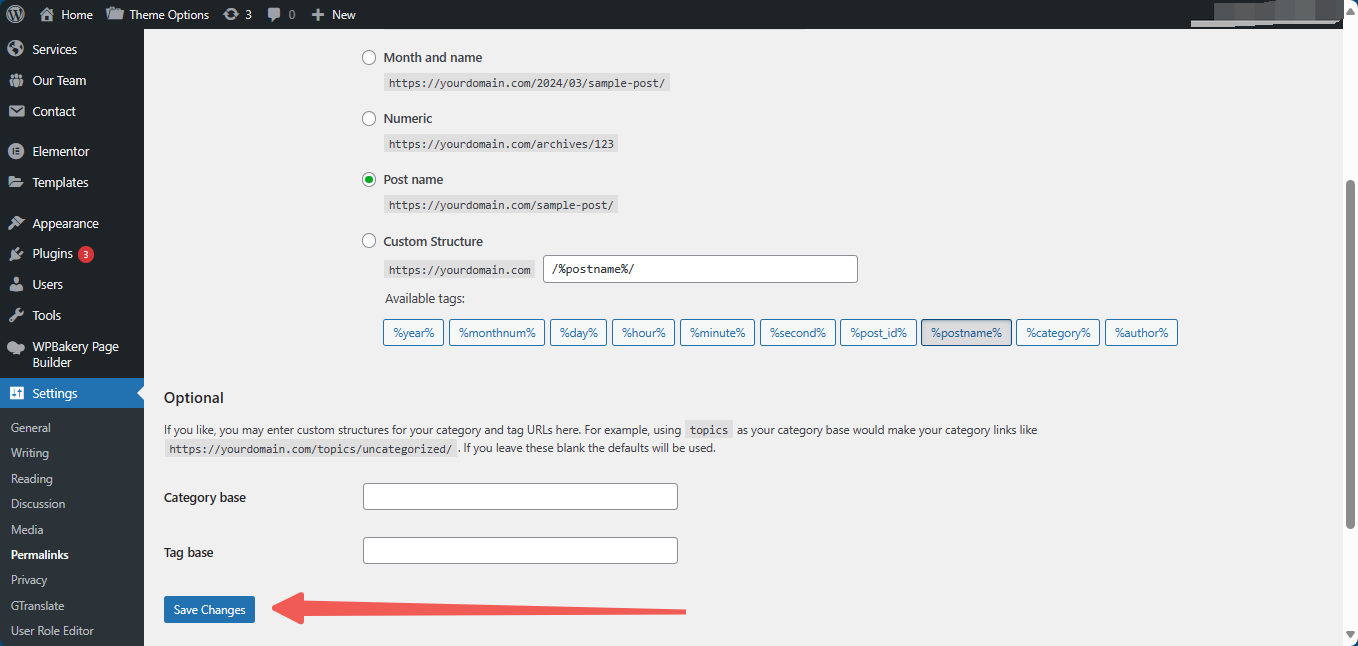
STEP 4: To check if the 500 Internal Server problem has been fixed, try reloading the website.
Does the 500 Internal Server Error persist?
Increase PHP Memory Limit
If the error persists, try increasing the PHP memory limit.
To increase WordPress memory limit follow these steps:
STEP 1: Log in to cPanel.
STEP 2: Locate the Files Area and select the File Manager icon.
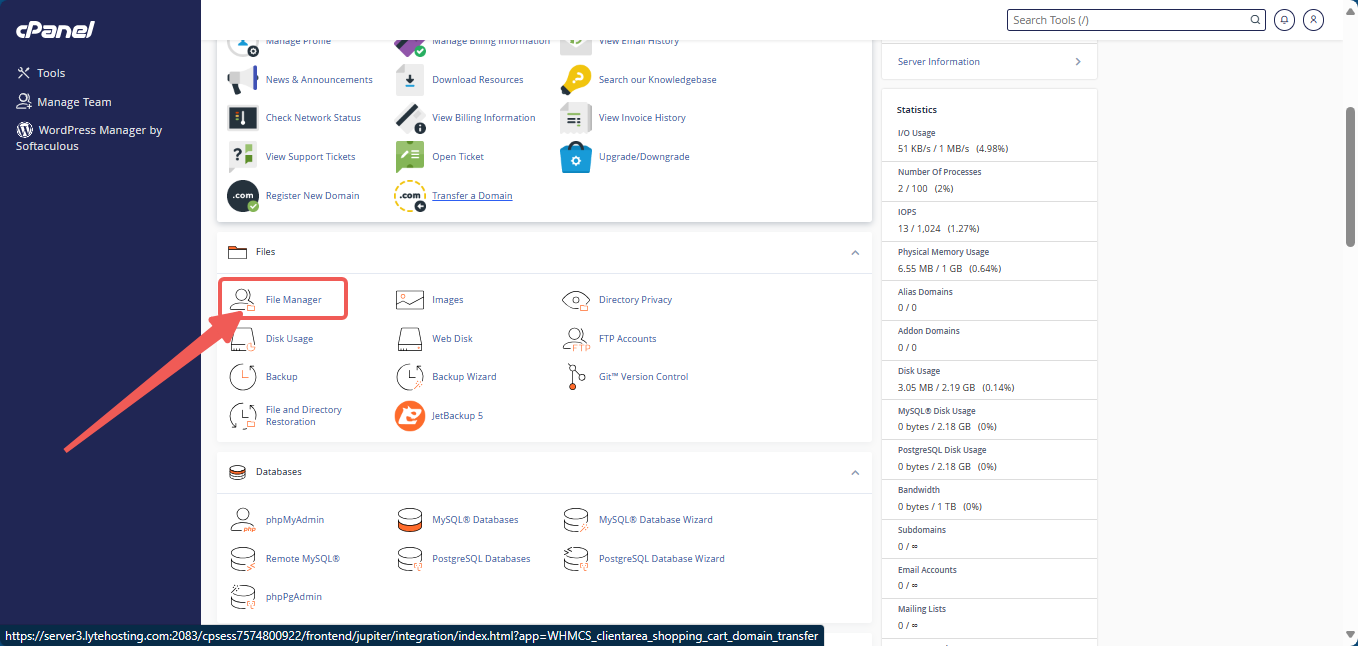
STEP 3: Navigate to the Root Folder of your domain (by default, it is public_html for the main domain and addondomain.tld for the addon domains). Select wp-config.php file and click Edit.

Add the following code right before the /* That's all, stop editing! Happy blogging. */' line:
define( 'WP_MEMORY_LIMIT', '1050M' );
where 1050 is the memory limit you want to set:

Deactivate/Reactivate All Plugins
The 500 Internal Server problem could be brought on by one or more WordPress plugins if increasing the PHP memory limit does not fix it. Frequently, the 500 Internal Server problem occurs because a previously installed plugin is incompatible with a newly installed theme.
Using cPanel:
STEP 1: Log in to cPanel.
STEP 2: In the Files section, click on the File Manager icon.
STEP 3: Click Save after choosing the Document Root and Web Root (public_html/www) for the domain using the WordPress install.
STEP 4: After clicking to expand the public_html folder, open the /wp-content folder.
STEP 5: Rename the /wp-content/plugins folder to plugins.old by performing a right-click on it. All plugins will probably be deactivated as a result, and the WordPress admin area will be locked. These procedures can still be carried out through the File Manager.
STEP 6: Use the methods above to reactivate the plugins folder and rename it back to plugins. This will enable you to isolate the faulty plugin and fix the 500 Internal Server Error by reactivating each plugin separately. Additionally, this ought to restore access to the WordPress Dashboard.
Using the WordPress Dashboard:
STEP: To check whether the problem has been fixed, reactivate each plugin one at a time and reload the page.




